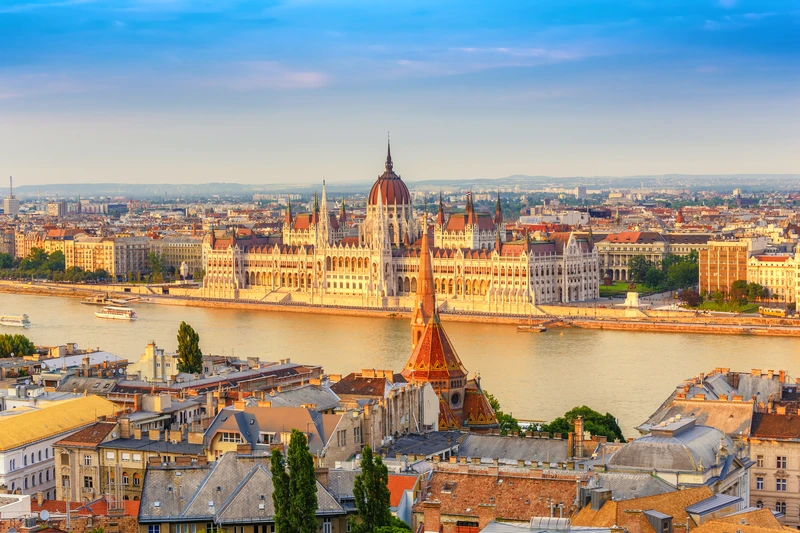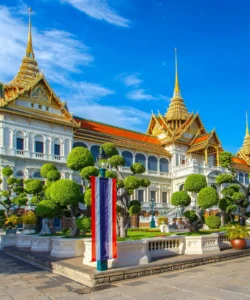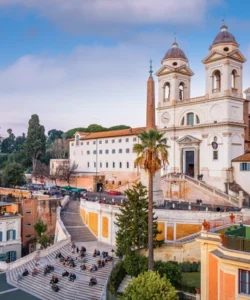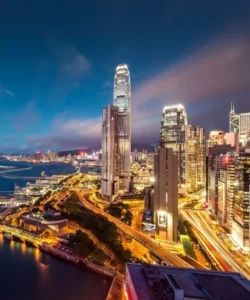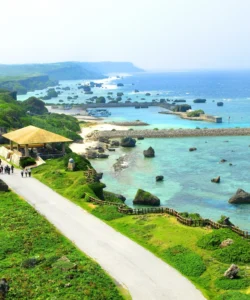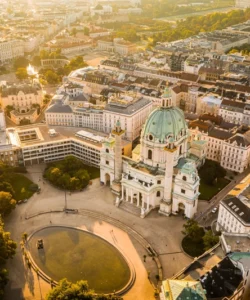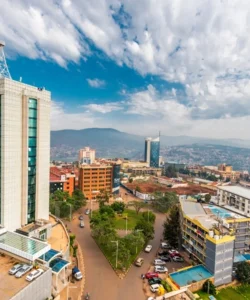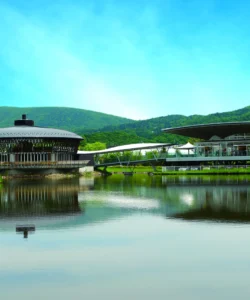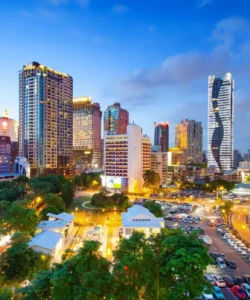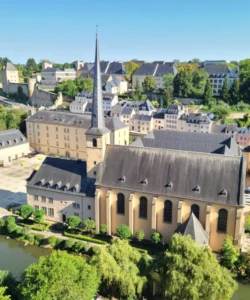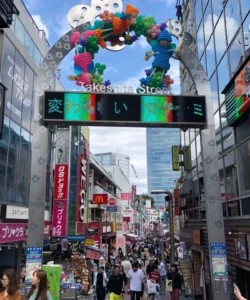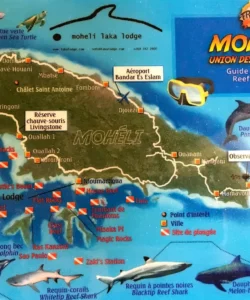Hungary, officially Hungary, is a landlocked country in Central Europe. It borders Slovakia to the north, Ukraine to the northeast, Romania to the east, Serbia to the south, Croatia and Slovenia to the southwest, and Austria to the west. Hungary is known for its rich history, distinct culture, thermal baths, vibrant folk traditions, and a language unique in Europe.
![]()
Area: Approximately 93,030 square kilometers (35,919 sq mi).
Population: As of 2023, the population is estimated at around 9.6 million.
Language: The official language is Hungarian (Magyar), a Finno-Ugric language, unrelated to most other European languages. English is increasingly understood, especially by younger generations and in urban and tourist areas. German is also spoken by some, particularly the older generation.
Currency: The official currency is the Hungarian Forint (HUF). While a member of the European Union, Hungary has not adopted the Euro.
Religion: The predominant religion in Hungary is Roman Catholicism. There are also significant communities of Calvinist Protestants, Lutherans, and Greek Catholics. A considerable portion of the population identifies as non-religious.
Capital: Budapest is the capital and largest city of Hungary. Often called the “Pearl of the Danube,” it’s renowned for its stunning architecture, thermal baths, vibrant cultural scene, and historical landmarks.
Major Cities: Besides Budapest, other significant cities include Debrecen, Szeged, Miskolc, Pécs, and Győr.
Attractions & Wonders: Hungary offers a rich blend of historical sites, architectural marvels, natural beauty, and unique cultural experiences:
- Budapest:
- Hungarian Parliament Building: An iconic Neo-Gothic masterpiece on the banks of the Danube, one of Europe’s most stunning parliament buildings.
- Buda Castle District: A UNESCO World Heritage site, including Buda Castle, Matthias Church, and Fisherman’s Bastion, offering panoramic views of the city.
- Széchenyi Thermal Bath: One of Europe’s largest thermal bath complexes, offering numerous indoor and outdoor pools with healing waters.
- Chain Bridge (Széchenyi Lánchíd): An iconic suspension bridge connecting Buda and Pest, one of the city’s most recognizable symbols.
- Andrássy Avenue: A grand boulevard, a UNESCO World Heritage site, lined with elegant Neo-Renaissance mansions, leading to Heroes’ Square.
- Heroes’ Square (Hősök tere): A monumental square featuring statues of Hungarian leaders and the Millennium Monument.
- Dohány Street Synagogue: The largest synagogue in Europe and the second largest in the world.
- Gellért Hill: Offers breathtaking panoramic views of Budapest and is home to the Citadel and Liberty Statue.
- Lake Balaton: The largest freshwater lake in Central Europe, a popular summer resort destination known for its beaches, vineyards, and volcanic hills.
- Pécs: A UNESCO World Heritage city in Southern Hungary, known for its early Christian Necropolis, Ottoman-era mosques, and vibrant cultural scene.
- Eger: A historic city in Northern Hungary, famous for its castle (Egri Vár), Baroque buildings, and red wines (like “Bulls’ Blood”).
- Hortobágy National Park (Puszta): A UNESCO World Heritage site, the largest natural grassland in Central Europe, showcasing traditional Hungarian cowboy (csikós) culture and unique wildlife.
- Sopron: A charming city near the Austrian border, known for its historic center, medieval Watchtower, and wine production.
- Danube Bend: A scenic stretch of the Danube River north of Budapest, featuring picturesque towns like Esztergom (with its impressive Basilica), Visegrád (with its royal palace and citadel), and Szentendre (a charming artists’ village).
- Aggtelek Karst and Slovak Karst Caves: A UNESCO World Heritage site, a vast cave system shared with Slovakia, featuring spectacular stalactite and stalagmite formations.
- Tokaj Wine Region: A UNESCO World Heritage site, famous for its sweet botrytized (aszu) wines, often referred to as “the wine of kings, and the king of wines.”
Architecture: Hungarian architecture is diverse, reflecting centuries of various influences:
- Romanesque and Gothic: Seen in early churches and castles, though many were later modified.
- Renaissance: Particularly evident in the Buda Castle district and some churches.
- Baroque and Rococo: Dominant after the Ottoman period, seen in numerous churches, palaces, and town centers throughout the country.
- Neoclassical: Prominent in 19th-century public buildings (e.g., Hungarian National Museum).
- Art Nouveau (Secession): Budapest is particularly rich in beautiful Art Nouveau buildings, characterized by organic forms, floral motifs, and colorful tiles.
- Eclecticism: A blend of historical styles, often grand and ornate, particularly in late 19th-century Budapest (e.g., Parliament Building).
- Communist-era Architecture: More utilitarian and functionalist styles, particularly in residential areas constructed after WWII.
- Contemporary: Modern Hungarian architecture blends traditional elements with innovative designs, visible in new cultural institutions and commercial developments.
Roads: Hungary has a relatively well-developed and continuously improving road network. Motorways (M-roads) connect major cities and borders, and these are generally in good condition. Secondary roads are also generally well-maintained, though quality can vary in rural areas. Driving is efficient. A toll vignette (e-vignette) is required for motorways.
Hotels: Hungary offers a wide range of accommodation options. In Budapest, you’ll find everything from luxurious five-star international hotels and charming boutique hotels to budget-friendly hostels and apartments. The city is also famous for its unique “thermal hotels” connected to spa facilities. Throughout the country, especially in popular tourist regions and spa towns, there are elegant hotels, guesthouses (panzió), traditional inns, and smaller family-run establishments.
Restaurants: Hungarian cuisine is famous for its rich, hearty, and often spicy flavors, heavily relying on paprika, onions, and various meats.
- Budapest is a culinary hub, offering a vast array of restaurants from traditional Hungarian eateries to fine dining establishments and various international cuisines.
- Traditional Hungarian Dishes:
- Goulash (Gulyás): A classic and iconic dish, a hearty beef soup or stew heavily seasoned with paprika, potatoes, and often carrots.
- Paprikash (Paprikás): A creamy dish with meat (chicken, veal) cooked in a rich paprika-laced sauce, often served with nokedli (small dumplings).
- Halászlé: A fiery hot fish soup, often made with various types of freshwater fish.
- Lángos: A popular street food, deep-fried flatbread topped with sour cream, cheese, and garlic.
- Hortobágyi Palacsinta: Savory crepes filled with minced meat, baked in a paprika-sour cream sauce.
- Csirke Paprikás: Chicken paprikash.
- Túrós Csusza: Pasta with cottage cheese, crispy bacon, and sour cream.
- Dobos Torta: A famous Hungarian sponge cake layered with chocolate buttercream and topped with a hard caramel glaze.
- Somlói Galuska: A popular sponge cake dessert with rum, chocolate sauce, and whipped cream.
- Spices: Paprika is a cornerstone of Hungarian cuisine, used in various forms (sweet, hot, smoked).
- Wine: Hungary has a long and distinguished wine-making tradition, particularly famous for Tokaji Aszú sweet wines and red wines from Eger and Villány.
- Pálinka: A traditional Hungarian fruit brandy, strong and often homemade.
- Coffee House Culture: Budapest has a rich tradition of grand coffee houses, perfect for enjoying pastries and coffee.
